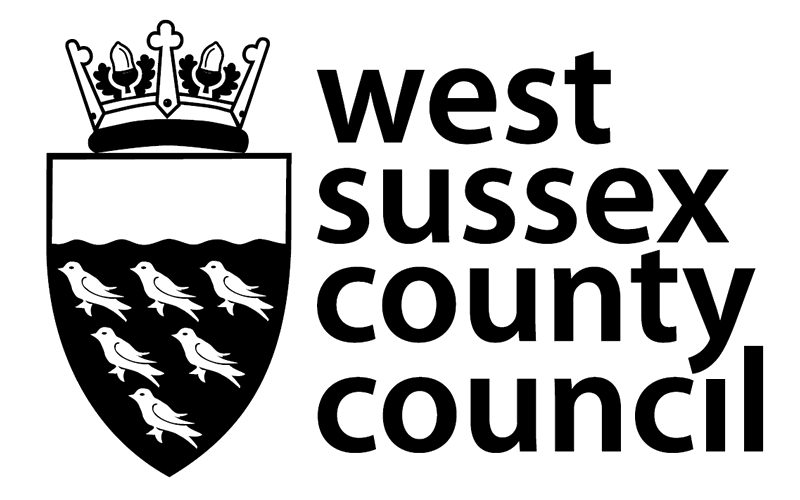Family Safeguarding is a strengths-based model. It is a way of working with families so that they can stay together and children can remain safely at home. We will help families to identify what changes need to be made in their daily life and support them to achieve these.
Family Safeguarding supports the County Council’s vision. It aligns particularly strongly with our aims to:
- keep people safe from vulnerable situations
- help people and communities to fulfil their potential
- make the best of our resources.
Children who have been assessed as in need of support under Section 17 of the Children Act 1989, or at risk of significant harm under Section 47 of the Children Act 1989, will be supported by the Assessment and Family Safeguarding Team (with the exception of children whose needs meet the criteria of the children’s disability teams).
The five key elements of Family Safeguarding are:
- Multi-Disciplinary Teams (MDTs) - specialist adult workers with domestic abuse, substance misuse and mental health expertise working within social work teams.
- Motivational Interviewing (MI) - a strengths-based approach designed to better engage and structure conversations with families.
- Electronic workbook - a new method of recording case notes that aims to improve information sharing and reduce the amount of time practitioners spend on bureaucracy and reporting.
- Group Case Supervision (GCS) - monthly supervision meetings for each case, allowing practitioners to review progress, discuss outcomes and agree next steps.
- An eight-module Intervention Programme and Parenting Assessment - the intervention programme provides a framework for practitioners’ direct work with children and families through Family Safeguarding. The parenting assessment enables practitioners to capture the work completed through the intervention programme and document the outcomes achieved.
Family Safeguarding is based on multi-disciplinary teams. This means that teams have the expertise of children’s social workers and child and family workers, emotional wellbeing practitioners, domestic abuse specialists and substance misuse workers. The offer is also enhanced by co-locating the teams with early help teams.
We have implemented family safeguarding with a high degree of similarity to the Hertfordshire service model to provide confidence that it will result in similar outcomes to those outlined in their evaluation reports. The model uses evidence-based interventions that contribute to improved levels of engagement and safeguarding with parents and children.
The key intervention models will be:
- structured parenting assessment
- parenting programmes tailored to different age groups of children
- treatment programmes for perpetrators of domestic abuse (including impact on children)
- treatment and recovery programmes for victims of domestic abuse (including impact on children)
- programmes to promote children’s resilience
- drug and alcohol recovery programme.
What difference does Family Safeguarding make?
- Families will be offered the right support at the right time, in order to help them to meet their children’s needs and enable children to stay at home where it’s safe to do so.
- Schools and local community partners will play a key role in identifying and supporting families who need early help.
- Focus on increasing the engagement of families with professionals and information sharing between professionals will be strengthened.
- Health and education outcomes for children will be improved.
- Our new whole-family approach aims to reduce the number of children coming into care and being taken away from their families.
- The model will free up social workers' time, enabling them to spend more direct time working with families and less time on administration.
- High-quality services will continue to be provided at a reduced financial cost to the County Council and its partners and provide better outcomes for children.

